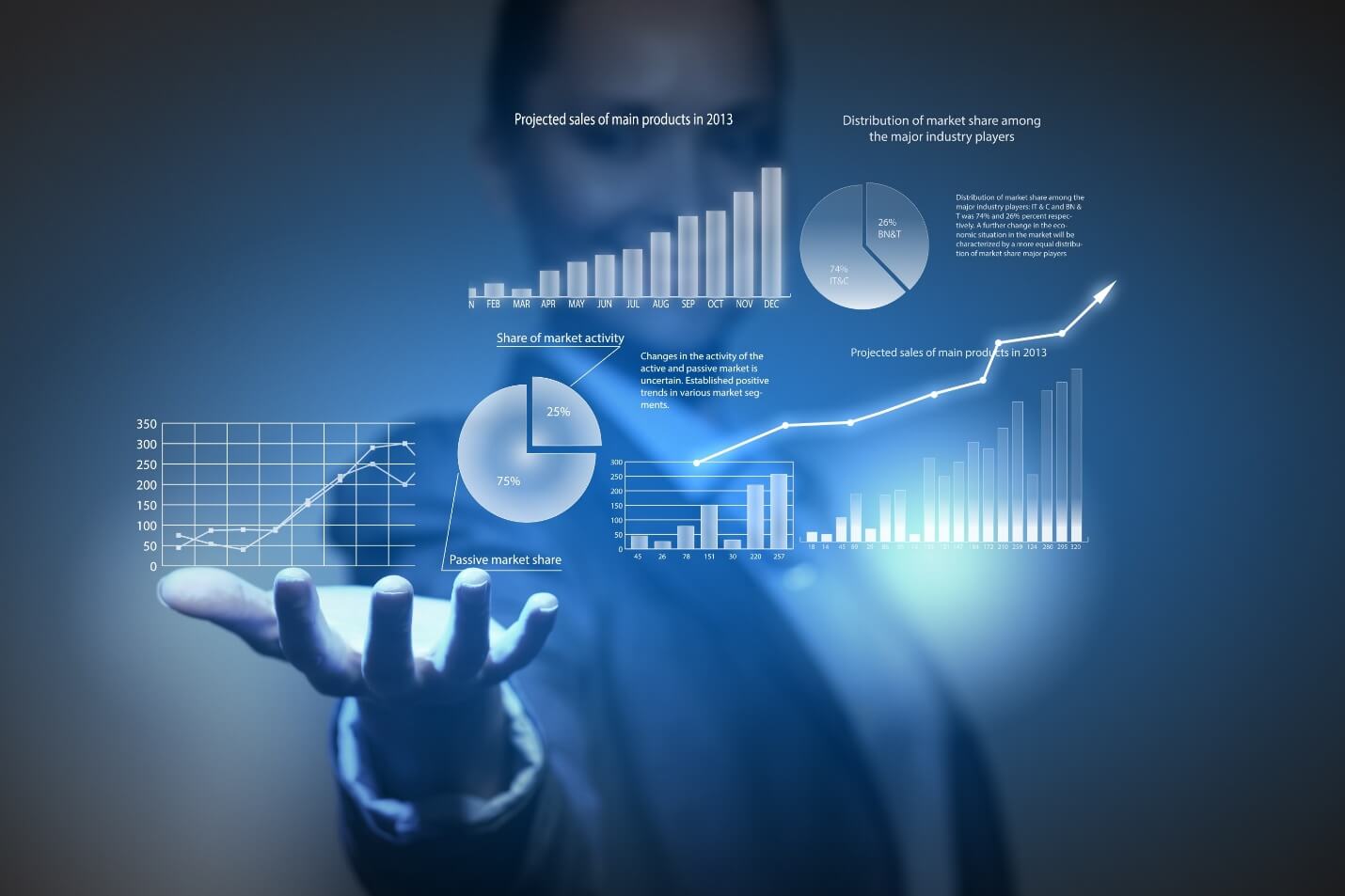

- #Business intelligence tools for data analysis software#
- #Business intelligence tools for data analysis series#
Alternatively, you might require multiple warehouses, and thus, require different tools to connect data between both these servers and other analytics tools that need access to this data. If you’re only analyzing data from a single source, ETL and data warehouses are unnecessary.
#Business intelligence tools for data analysis software#
We’ve illustrated this concept in the image below:īut this isn’t the only way to implement business intelligence software within your organization. And because information is stored within the warehouse, users can quickly pull reports without impacting the performance of the organization’s software applications, such as CRM, ERP and supply chain management solutions. Once data is given a common structure and format, you can invest in data discovery solutions such as Online Analytical Processing (OLAP), data mining and semantic or text mining applications, with the capability to create custom, ad hoc reports. For example, if it is currently scattered across disparate transactional databases, you might need to build a data warehouse to centralize it and invest in data management tools that offer Extract, Transform and Load (ETL) functionality to move and re-structure it. The BI tool you'll need depends on how your data is currently managed and how you would like to analyze it.


In the next section, we'll explain how these analytics platforms can help your organization's decision-making process become more data-driven.
#Business intelligence tools for data analysis series#
To help you better understand how the top BI systems stack up against one another, we created a series of side-by-side product comparison pages that break down the details of what each solution offers in terms of pricing, applications, ease of use, support and more: Top Qlik Sense ComparisonsĬommon Features of Business Intelligence SoftwareīI software can be divided into three broad application categories: data management tools, data discovery applications and reporting tools (including interactive dashboards and data visualization software). There are many popular BI solutions on the market, and it can be hard to know what distinguishes one product from another and which is right for you. Medical practices and doctors looking for solutions that can function with their existing medical software might be interested in healthcare BI software. These applications are now being used by business users-not just IT staff-to pull ad-hoc reports, create interactive dashboards, and even allow end users to perform advanced analytics functions on the BI platform. One of the biggest trends in the BI market is the shift in software architecture and design to more user-friendly self-service applications. In addition, the growth of the Web has increased the demand for data analysis tools that can analyze large data sets. Over the past few decades, companies that have deployed Enterprise Resource Planning (ERP), Customer Relationship Management (CRM) and other applications are now sitting on a mountain of data that can be analyzed. The business intelligence market is growing rapidly because of the proliferation of data to analyze. Business intelligence software is data visualization and data analytics software that helps organizations make more well-informed decisions. Business intelligence tools connect to the business's data warehouse, ERP systems, marketing data, social media channels, Excel data imports, or even macroeconomic information.


 0 kommentar(er)
0 kommentar(er)
